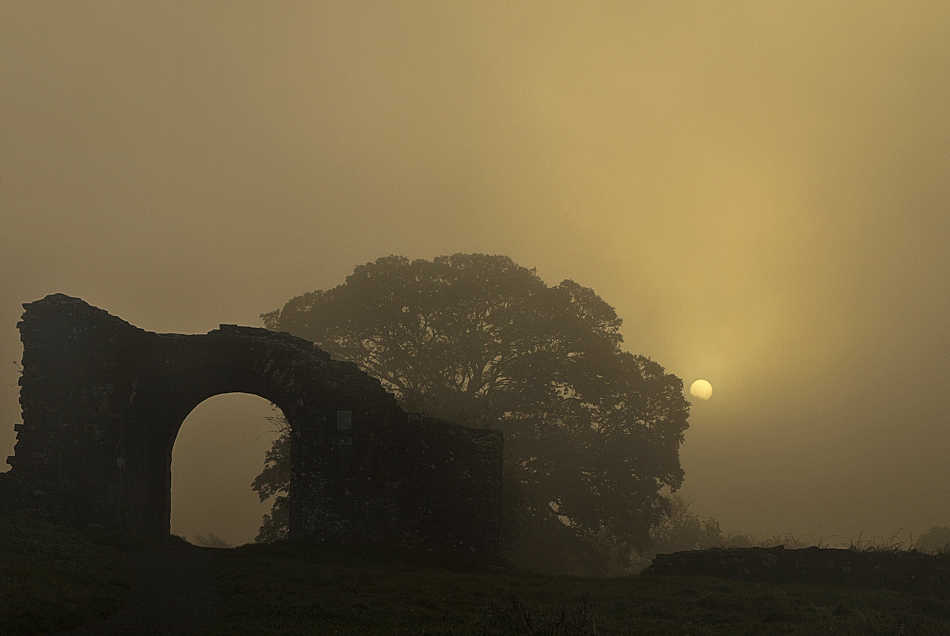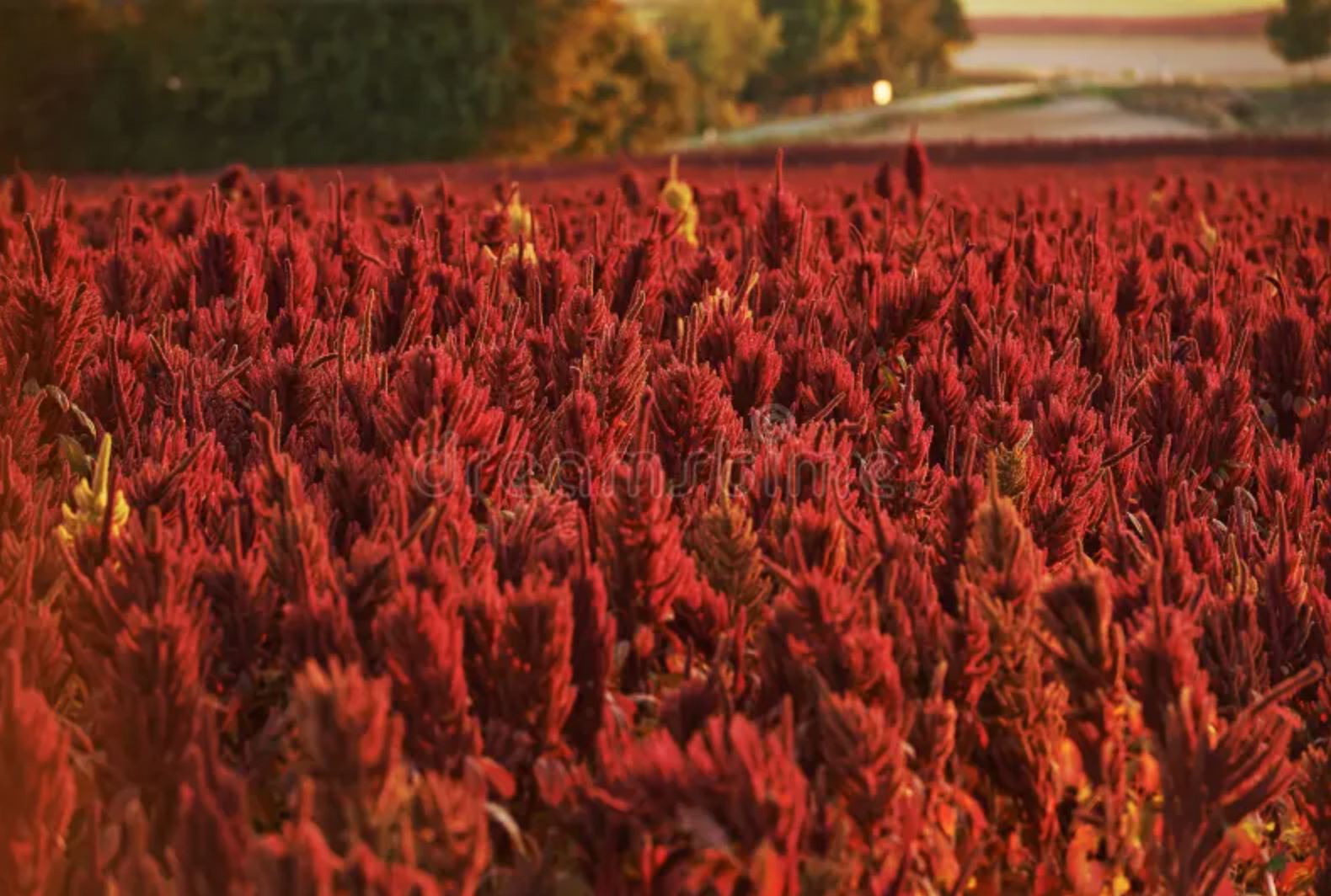Tygrar
Tygrar is the largest city in the Western Duchy of Dreibach. Its population is primarily Human with significant Nuél-orokh, Gnomish, and Halfling minorities. The Torch of Tygrar, the westernmost of the nuél-orokh Prairie Clans, consider themselves the sworn protectors of its borders.
Tygrar has been razed and rebuilt several times in its existence, particularly during The Extinguishing. Its people pride themselves on their spirit and durability.
Demographics
Government
Tygrar traditionally elects two Lords Mayor. Elections for each seat are held every four years, staggered so that there are never two new mayors at the same time.
In times when Tygrar has been a part of a unified Dreibach, it has fiercely shunned traditional Dreibach-style inherited nobility or landed gentry.
Infrastructure
The Dam of Tygrar creates the Orroboch Reservoir, an artificial lake on the Dreibach River. This helps regulate the region's flooding and sustains agriculture in the nearby fields. The river also powers the Goodbarrel Mill, one of the largest watermills in Dreibach.
Districts
Ironbound District. The renowned smithies of Tygrar are primarily located in this northeastern neighborhood, which is centered around the Church of the Solar Forge. Elements of high elven culture, including neo-Bjálian architecture and elven art forms like opera, are more common here.
Lake District. The easternmost neighborhood of Tygrar is the Lake District, largely situated around the Orrobach Reservoir. It is one of the poorer neighborhoods of the town, but well-known for its lively atmosphere. Many young people and recent immigrants to Tygrar settle in the Lake District.
Provision District. This southeastern district is primarily populated by farmers, millers, brewers, bakers, and others in similar trades. With its proximity to the amaranth fields and the Goodbarrel Mill, it produces much of the town's food.
Bunk District. Most living space in the southern Bunk District is reserved for patrols from the Torch of Tygrar, as a place to rest and refuel between marches. It is exceptionally quiet when all patrols are away.
Lake District. The easternmost neighborhood of Tygrar is the Lake District, largely situated around the Orrobach Reservoir. It is one of the poorer neighborhoods of the town, but well-known for its lively atmosphere. Many young people and recent immigrants to Tygrar settle in the Lake District.
Provision District. This southeastern district is primarily populated by farmers, millers, brewers, bakers, and others in similar trades. With its proximity to the amaranth fields and the Goodbarrel Mill, it produces much of the town's food.
Bunk District. Most living space in the southern Bunk District is reserved for patrols from the Torch of Tygrar, as a place to rest and refuel between marches. It is exceptionally quiet when all patrols are away.
Guilds and Factions
The Blacksmith's Guild of Tygrar is famous across the western half of Belcantas for their high standards and sturdy, high-quality craftsmanship. Warriors of the Western Woods who favor metal weapons will often travel days or even weeks to get their armor and weapons made and serviced by Tygran smiths, whose techniques range from traditional Human and Dwarven methods to secretive elven technologies developed by the Church of the Solar Forge. Prices are quite competitive between shops, but some warriors complain about the slow rates of their craftsmanship due to their exacting standards of quality control.
History
Settlements have existed near Tygrar since the mid-to-late Age of Audacity, though they consistently struggled with attacks from roving bandits and Orokhim raiders. The town was burned down in The Extinguishing by Kishin the Indomitable and his forces. After the Prozhg'atua that ended the Extinguishing, the two daughters of Reshvaun Tsuun—Fyrga Reshvaunich Tygrarkhos and Grashna Reshvaunich Tygrarkhos—traveled back down the river to rebuild and reorganize the town. From there, they founded the Torch of Tygrar with several dozen of the other 119 nuél-orokh survivors, a peacekeping organization dedicated to protecting the area.
Points of interest
The Weeping Ruins of Tygrar are a series of crumbling stone walls—once a castle destroyed by raiders during the middle years of the Age of Anxiety—which whistle on days when the wind strikes from a particular angle. The rocks almost sound as if they are singing a lament. Mourners often spend time at these ruins and lay offerings at their base; some claim to have seen and touched the ghosts of their loved ones here on days when the song of the wind is at its loudest.
The Monument of the Torch, located in Tygrar's central square outside the Mayoral Hall, is a shrine to the people who have been lost in Tygrar's many struggles against invading forces. It is hollow on the inside, and people traditionally bring offerings of weapons, armor, and building materials like wood or stone, as a symbol of their pledge to help defend and rebuild Tygrar in times of need. The city traditionally either keeps these in municipal storage or redistributes them to young artisans who could not otherwise afford materials.
The Crimson Fields on the southeast side of town are a vast patchwork of amaranth farms that bloom a beautiful reddish-purple shade during late summer and early autumn. Local painters and quilters often depict the violet-red hills in works that represent the landscape of the town. In the land just outside these fields, the wild grasses of the Dovrian Plains have hybridized with the cultivated amaranth nearby, resulting in patches of wild grasses that turn bright red in late summer through fall. This region is known as the Ruby Steppe, and is a welcome signpost to travelers from the south and southeast that they are no more than a day's walk from Tygrar proper.
The Bank is a large barque that floats on the Orrobach Reservoir and hosts a lively saloon. In addition to the usual games of cards, darts, and chess, unofficial contests of diving and mud-wrestling often break out among the rowdy patrons. The bar's owners—an orokh and a gnome named Vilfram and Vjülfrum, respectively—have reluctantly given up on stopping these and hired lifeguards to mitigate the potential risk. The Bank is not to be confused with the Bank of Tygrar, a small financial institution.
Natural Resources
Amaranth grows particularly well in the Tygran climate. It is a major staple crop eaten in salads, baked as flour, boiled as a porridge, fried in oil until it pops, and brewed into a strong alcohol known as bloodwhiskey or crimson whiskey.
A panoramic view of Tygrar.
—
The Mayoral Hall and Monument of the Torch, in central Tygrar. —
The Church of the Solar Forge, a prime example of neo-Bjálian architecture. —
The Weeping Ruins, remnants of a devastating war four thousand years ago. —
Amaranth growing in the Crimson Fields outside the main town. —
The Ruby Steppe, where the cultivated amaranth fields of Tygrar's surrounding villages meet the wild grasses of the Dovrian Plains.
The Mayoral Hall and Monument of the Torch, in central Tygrar. —
The Church of the Solar Forge, a prime example of neo-Bjálian architecture. —
The Weeping Ruins, remnants of a devastating war four thousand years ago. —
Amaranth growing in the Crimson Fields outside the main town. —
The Ruby Steppe, where the cultivated amaranth fields of Tygrar's surrounding villages meet the wild grasses of the Dovrian Plains.

by Raeky
Type
Town
Population
66,500
Inhabitant Demonym
Tygran
Location under
Ruling/Owning Rank
Owning Organization







Comments